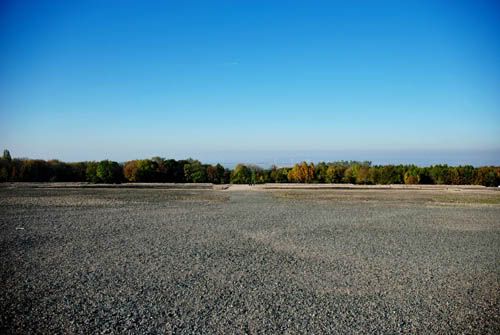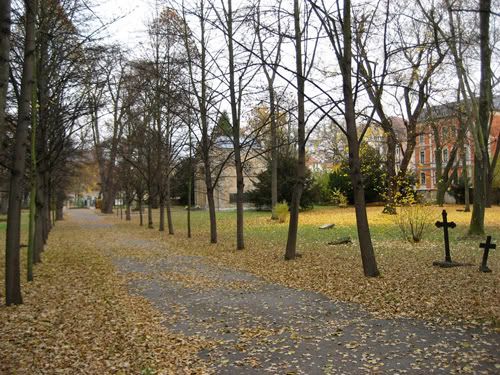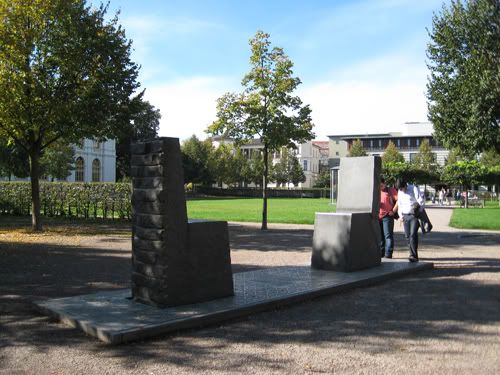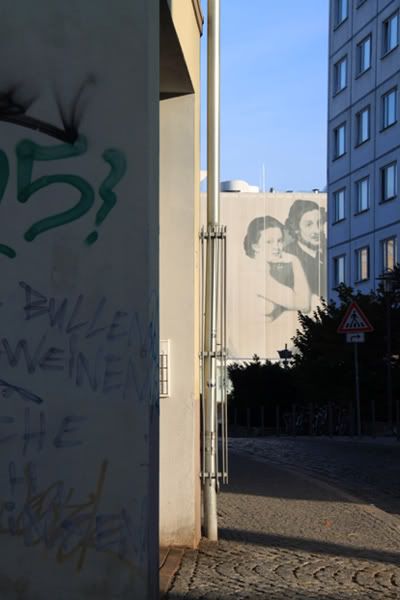by Juan Mejia

Weimar is a UNESCO World Heritage site and one of the European Capitals of Culture. It has been a place of particular importance in recent German history, but reference is made mostly to its classical period and to the early years of the Bauhaus school. The iconography generated from prominent historical figures such as Goethe, Schiller, Gropius and Liszt is widespread through the city, and marketed abroad making the city a key element of Germany’s cultural and tourist industry.




